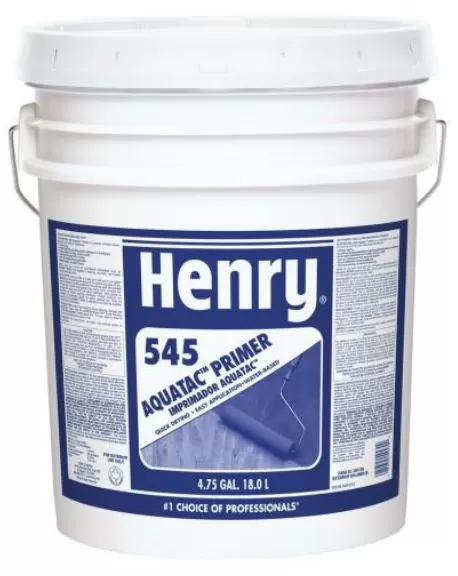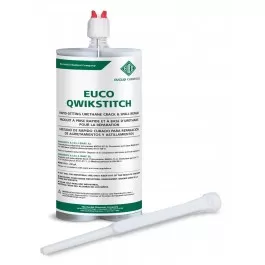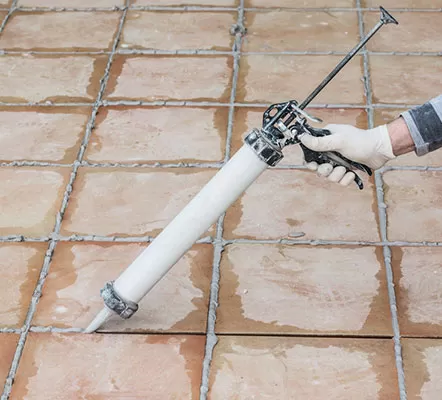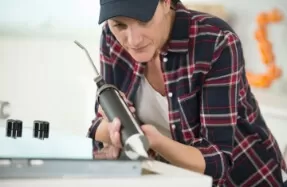Blog
5 Easy Steps To Follow When Applying Sealants In Wet Areas
If you plan to apply sealants in wet areas, you should take extra precautions and follow some very specific steps. This includes everything from using additional ventilation, wearing the proper safety equipment, and paying close attention to the temperature of the surface you’re working on. Following these instructions carefully can save you money on additional costs such as mold remediation or lawsuits from people who slip on wet floors! Here are the steps you should follow when sealing wet areas.
Use an Applicator Gun
The instructions for your sealant will specify whether you should use an applicator gun or a caulking gun to apply it. If it doesn’t, use an applicator gun in wet areas like tubs and showers. Put the sealant nozzle on the end of the tube, and then cut it 45 degrees. Follow the instructions on the canister of sealant.
Wipe the Surface
Before applying a sealant to a wet area, make sure all surfaces are free of dirt, debris, and contaminants. This includes dust, mold, or mildew, which can be removed with a damp cloth. This will clean any debris and dust particles away that can interfere with adhesion. It also helps increase adhesion and decreases chances of any streaks. Make sure there’s no moisture present on your surface either (this includes water droplets). Having a clean surface will help you get great results when applying flooring sealants.
Sand and Vacuum
Sand any rough spots in your floors with sandpaper, paying attention to high-traffic areas that might require extra work. Vacuum thoroughly to get rid of dust particles that could cause bumps in your finished product. After sanding, sweep away any remaining dust and dirt. Once that’s complete, you can then move on to step 4, sealant application.
Apply the Sealant
It’s time to apply your sealant. It’s best to do so with a brush or roller in multiple thin coats rather than one thick coat. Thicker coats are harder to work with, and they also run more easily when dry. Apply each coat within 30 minutes of finishing a previous coat so that as much of its solvent content evaporates as possible. This will help ensure that you don’t end up using too much sealant—which can add unnecessary weight and costs. Keep applying thin layers until you’ve covered all areas where water might leak through.
Smoothen Joints
It’s important to make sure that you smooth your sealant with a trowel or, even better, a grout float if it is for floors. This is especially important when sealing wet areas. You want to make sure that you get all of those little dips and valleys smoothed out, so you don’t have problems later down the road. It might seem like a lot of work now, but it’s much easier than going back down there and having to deal with an overflow at some point in time.




